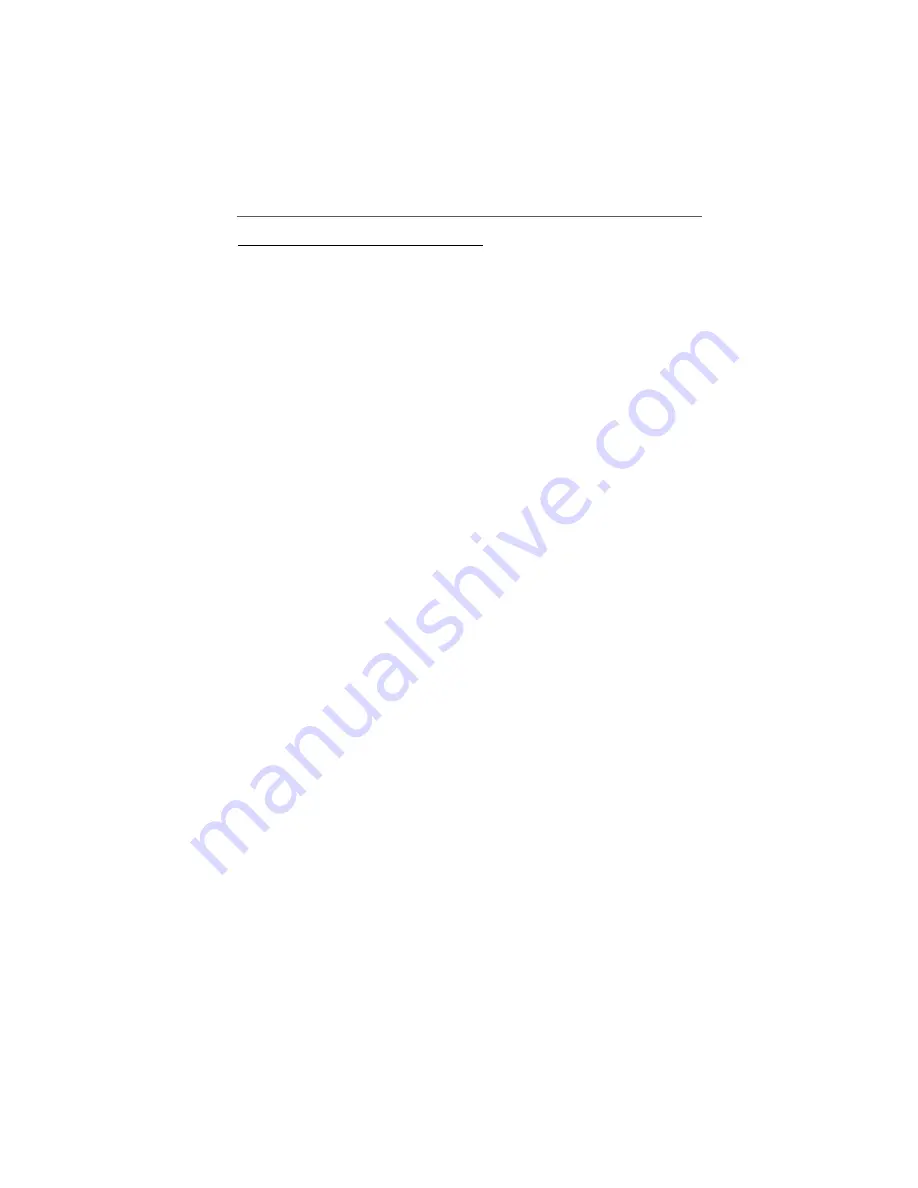
C
IRRUS
D
ESIGN
S
ECTION
8: H
ANDLING
AND
S
ERVICING
SR20
C
LEANING
E
XTERIOR
S
URFACES
P/N 11934-005
8-21
Cleaning Exterior Surfaces
• CAUTION •
Prior to cleaning, place the airplane in a shaded area to allow the
surfaces to cool.
The airplane should be washed with a mild soap and water. Harsh
abrasives or alkaline soaps or detergents could make scratches on
painted or plastic surfaces or could cause corrosion of metal.
Cover static ports and other areas where cleaning solution could
cause damage. Be sure to remove the static port covers before
flight.
Painted Surfaces
• N
OTE
•
Any good silicone-free automotive wax may be used to preserve
painted surfaces. Soft cleaning cloths or a chamois should be used
to prevent scratches when cleaning or polishing. A heavier coating
of wax on the leading surfaces will reduce the abrasion problems
in these areas.
To Clean Painted Surfaces
1.
Flush away loose dirt with water.
2.
Apply cleaning solution with a soft cloth, a sponge, or a soft bristle
brush.
3.
To remove exhaust stains, allow the solution to remain on the surface
longer.
4.
To remove stubborn oil and grease, use a cloth dampened with
naphtha.
5.
Rinse all surfaces thoroughly.
Exterior Windshield and Windows
Before cleaning an acrylic window, rinse away all dirt particles before
applying cloth or chamois. Never rub dry acrylic. Dull or scratched window
coverings may be polished using a special acrylic polishing paste.
• CAUTION •
Clean acrylic windows with a solvent-free, non-abrasive, antistatic
acrylic cleaner. Do not use gasoline, alcohol, benzene, carbon
tetrachloride, thinner, acetone, or glass window cleaning sprays.
Use only a non-abrasive cotton cloth or genuine chamois to clean
acrylic windows. Paper towel or newspaper are highly abrasive
and will cause hairline scratches.
Reissue A
















































